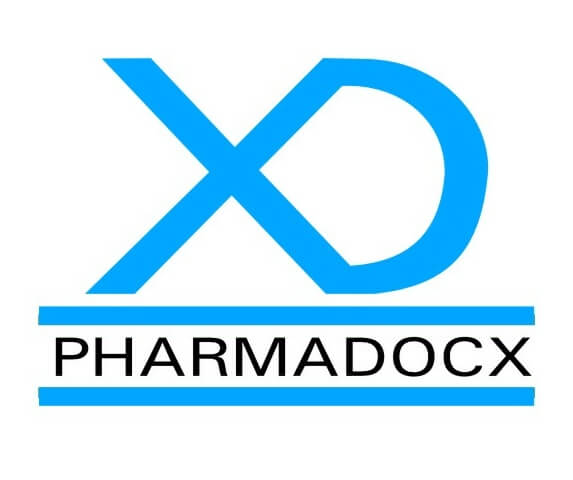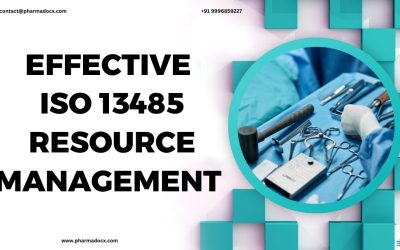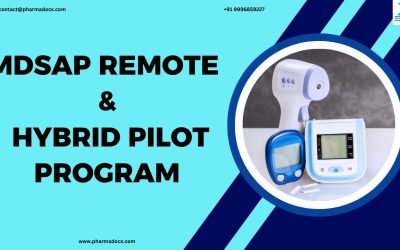Recently, CDSCO has issued a notice reminding State Licensing Authorities (SLAs) that manufacturing licenses for Class A and B medical devices and IVDs must be issued only after verifying the device’s risk classification in the CDSCO’s official list. Notably, issuance of manufacturing licenses for Class A and Class B medical devices/IVDs falls under the jurisdiction of SLAs. The risk classification list is maintained by the Central Licensing Authority (CLA) and published on the CDSCO website. It must be referred to for all licensing decisions. The notice has highlighted a regulatory lapse that certain devices not listed in the CDSCO classification list have been licensed without obtaining proper risk classification from CLA. Additionally, investigational medical devices and new IVDs have been approved without the mandatory prior permission from CLA. Furthermore, some unclassified devices have been incorrectly treated as low-risk, thereby raising serious safety and regulatory concerns.
Mandatory risk classification and CLA approval for Class A and B medical devices and IVDs
A recent directive, dated 23rd Oct 2025, from CDSCO is a reminder that the manufacturing licenses for Class A and B medical devices and IVDs must be issued only after verifying the device’s risk classification against the CDSCO’s official list. This dynamic list is maintained and updated by the CLA. If a device is not listed, applicants must first obtain its classification from CLA. Additionally, prior CLA approval is mandatory for investigational medical devices and new IVDs under Chapter VII of MDR, 2017.
Furthermore, the directive has pointed out regulatory failure where SLAs have issued licenses without proper classification or CLA permission. Additionally, some unclassified devices have been incorrectly treated as low-risk, thereby potentially misclassifying high-risk devices as low-risk. Hence, SLAs have been urged to audit such cases, regularize approvals urgently, and ensure manufacturers follow the correct regulatory pathway for continued marketing.
What is medical device classification?
Based on certain parameters, such as risk level and intended use, medical devices are grouped into four classes. The medical device classification helps determine the regulatory pathway and requirements for market authorization of medical devices in India. The manufacturer can fill in the registration and licensing paper work depending on the medical device class. The classification system is sorted from the lowest to the highest risk.
- Low-risk medical devices are grouped as class A. Examples: gloves, elastic bandages, hot water bags, sphygmomanometer, and walking aids
- Low to moderate-risk medical devices are grouped as class B. Examples: syringes, surgical instruments, blood glucose monitoring devices, nebulizers, and other diagnostic equipment
- Moderate to high-risk medical devices are grouped as class C. Examples: cardiac stents, implantable devices, X-Ray machines, infusion pumps, MRI machines, and ventilators
- High-risk medical devices are grouped as class D. Examples: drug-eluting stents, implanted pacemakers, artificial joints, and heart valves
Regulatory oversight and licensing responsibilities
- State Licensing Authorities (SLAs) are responsible for issuing manufacturing licenses for Class A and Class B medical devices and IVDs under MDR, 2017.
- The Central Licensing Authority (CLA) maintains a dynamic classification list of medical devices on the CDSCO website, which SLAs must refer to before granting licenses.
Issues highlighted in the new directive
- Unlisted devices licensed improperly: Some applicants have obtained manufacturing licenses for devices not listed in the CDSCO classification list. The license has been granted without verifying risk classification from CLA.
- Investigational medical devices and new IVD devices: SLAs have issued licenses for investigational medical devices and new IVDs without prior CLA approval, violating Chapter VII of MDR, 2017.
- Misclassification of risk: Certain unclassified devices have been incorrectly approved as low-risk, despite potentially being high-risk, posing safety concerns and bypassing proper regulatory pathways.
Required actions SLAs must take as per the notice
- Risk classification verification: For any device not listed in the CDSCO classification list, applicants must obtain risk classification from CLA before applying for a manufacturing license. Moreover, SLAs must verify device classification against the CDSCO list before issuing licenses.
- CLA permission for special devices: Notably, prior permission from CLA is mandatory for investigational medical devices and new in-vitro diagnostic devices.
- Audit and regularization: SLAs must review previously approved Class A and B medical devices and IVDs that were licensed without CLA classification, licensed without CLA permission (for investigational/new IVDs), or misclassified as low-risk. Additionally, they have been urged to take urgent corrective action to regularize such approvals under MDR, 2017.
- Manufacturer compliance: Manufacturers of such devices must be directed to follow the proper regulatory pathway for continued marketing.
- Reporting: SLAs are instructed to report actions taken to the issuing office on a priority basis.
A checklist for compliance with the new directive for Class A and B medical devices and IVDs
We have prepared a detailed compliance checklist for SLAs to ensure proper licensing of Class A and B medical devices and IVDs under MDR, 2017.
Pre-licensing verification
- Confirm the device is listed in the CDSCO classification list.
- If not listed, ensure the applicant has obtained risk classification from CLA.
- For investigational medical devices, verify prior permission from CLA under Chapter VII.
- For new in-vitro diagnostic devices, verify prior permission from CLA under Chapter VII.
Application review
- Cross-check device classification against CDSCO list before processing.
- Validate supporting documents for CLA classification or permission.
- Ensure device is not misclassified (e.g., high-risk approved as low-risk).
Audit of past approvals
- Identify devices licensed without CLA classification.
- Identify investigational/new IVDs licensed without CLA permission.
- Flag devices misclassified as low-risk.
- Document findings and initiate regularization process.
Corrective actions
- Notify manufacturers of non-compliant Class A and B medical devices and IVDs
- Instruct them to follow the proper regulatory pathway under MDR, 2017.
- Suspend or conditionally approve licenses pending regularization, if necessary.
Reporting and communication
- Compile a report of all non-compliant cases and actions taken.
- Submit the report to the CLA office on a priority basis.
- Maintain records of correspondence and corrective steps.
Hence, this recent notice has urged SLAs to ensure manufacturers follow the correct regulatory pathway for continued marketing of Class A and B medical devices and IVDs in India.
Confused about the regulatory requirements of your medical device? Having difficulty navigating the CDSCO regulatory guidelines? Well, you have landed in the right place. Our team of experts will thoroughly evaluate your medical device and explain all the applicable regulatory requirements. Additionally, we will prepare the necessary documentation, file the application, conduct mock audits, and respond to all the regulatory queries. Our comprehensive regulatory support will help you have a smooth regulatory journey in India. Drop an email at [email protected] or call/Whatsapp on 9996859227 to partner with us for a hassle-free regulatory journey.





